Repotting houseplants in winter is generally not recommended. Plants are dormant and less resilient during this period.
Winter is a challenging time for houseplants due to reduced light and cooler temperatures. Repotting during this season can stress plants, potentially causing damage or stunted growth. It’s best to wait until spring or early summer when plants are actively growing.
During these warmer months, plants are more likely to recover quickly from the disturbance of repotting. If absolutely necessary, ensure that the plant’s new pot is only slightly larger than the old one to minimize shock. Proper care, including appropriate watering and light, can help plants thrive even during the colder months.
Introduction To Winter Repotting
Repotting houseplants in winter can be a topic of debate. Some believe it’s best to wait until spring. Others think winter repotting is fine. This blog will explore the common myths and importance of timing.
Common Myths
There are several myths about repotting in winter. Let’s debunk a few:
- Myth 1: Plants go dormant and can’t handle repotting.
- Myth 2: Winter repotting will kill your plants.
- Myth 3: All plants should be repotted in spring only.
These myths often discourage people. But they aren’t always true.
Importance Of Timing
Timing is crucial for repotting plants. Winter repotting can be safe if done right. Here are some tips:
- Check if your plant is actively growing.
- Use fresh, well-draining soil.
- Avoid disturbing the roots too much.
- Provide adequate light and warmth post-repotting.
Following these steps helps ensure a successful repot.
Signs Your Houseplant Needs Repotting
Recognizing the signs your houseplant needs repotting is essential for its health. Even in winter, plants can outgrow their pots or suffer from poor soil conditions. Here are key indicators that your houseplant may need a new home.
Root Bound Issues
A common sign is roots growing out of the drainage holes. When roots circle the pot, it means the plant is root-bound. This restricts growth and stresses the plant. You may also see roots on the soil surface. These signs indicate the plant has outgrown its pot.
Soil Degradation
Soil quality can degrade over time. If the soil drains too quickly or stays soggy, it may be time to repot. Fresh soil provides better nutrients and structure. Check for a white crust on the soil surface. This indicates a buildup of salts and minerals. Fresh soil can help reset the balance.
| Signs | Description |
|---|---|
| Roots Growing Out | Roots visible through drainage holes. |
| Circling Roots | Roots wrapped around the pot’s edge. |
| Poor Soil Drainage | Soil dries too fast or stays wet. |
| White Crust | Salts and minerals on soil surface. |
By recognizing these signs, you can decide if repotting is necessary. Even in winter, it can make a big difference for your houseplant’s health.
Choosing The Right Time
Deciding when to repot houseplants can make a big difference in their health. Understanding the best time to repot ensures your plants thrive. This section will focus on key timing factors.
Winter Considerations
Repotting in winter can be tricky. Plants are often in a dormant state. They may not respond well to changes. During winter, plants grow slower. This means they need less water and nutrients.
Repotting can stress plants during this time. They might struggle to adapt. It’s important to be careful. Ensure the plant is healthy before repotting in winter. Check for any signs of disease or pests.
Consider the environment too. Indoor heating can dry out the soil. This affects the plant’s roots. Keep the humidity level stable. Use a humidifier if needed.
Optimal Seasons
Spring and summer are the optimal seasons for repotting. During these seasons, plants are in their growth phase. They can adapt better to new pots. They also recover faster from any stress.
In spring, plants start to wake up. Their roots grow actively. This makes it a good time for repotting. Ensure you choose a slightly larger pot. This gives the roots room to grow.
Summer is also suitable. Plants get more sunlight. They produce more energy. This helps them adjust quickly. Ensure you water the plant well after repotting. This keeps the soil moist and supports root growth.
Here is a quick comparison of repotting times:
| Season | Suitability for Repotting |
|---|---|
| Winter | Less Suitable |
| Spring | Most Suitable |
| Summer | Suitable |
| Fall | Moderately Suitable |
Repotting in the right season boosts plant health. It helps them grow strong and vibrant. Choose the best time for your plants to thrive.

Credit: www.meadowsfarms.com
Steps For Winter Repotting
Repotting houseplants in winter can seem challenging. With the right steps, it becomes simple and beneficial. Follow these steps for winter repotting to keep your houseplants healthy.
Preparing The Plant
Preparation is crucial for a successful winter repotting. Start by gently removing your plant from its current pot. Shake off excess soil from the roots. Inspect the roots for any signs of rot or pests. Trim off any dead or damaged roots with clean scissors. This helps to promote new growth.
Water the plant lightly before repotting. This helps to reduce stress on the plant. Ensure the plant is not too wet. A moist plant is easier to handle and less likely to suffer shock.
Selecting The Pot And Soil
Choose the right pot for your plant. The new pot should be one size larger than the current pot. Ensure the pot has good drainage holes. This prevents water from sitting at the bottom and causing root rot.
Next, select the appropriate soil. Use a high-quality potting mix suitable for your plant type. Avoid garden soil, as it can be too dense for indoor plants. A light, well-draining soil mix is ideal.
| Plant Type | Recommended Soil |
|---|---|
| Cactus | Cactus mix |
| Succulents | Succulent mix |
| Ferns | Peat-based mix |
Fill the new pot with a layer of soil. Place the plant in the center and fill around the roots. Press the soil gently to remove air pockets.
Water the plant lightly after repotting. Place the plant in a location with bright, indirect light. Avoid direct sunlight, as it can stress the plant.
Caring For Repotted Plants
Repotting houseplants in winter can be tricky. Winter months mean less light and cooler temperatures. Yet, with proper care, your plants can thrive. This section guides you on how to care for repotted plants.
Watering Tips
After repotting, plants need careful watering. Overwatering is a common mistake. Water the soil until it’s moist, not soggy. Use room temperature water. Cold water can shock the roots.
Check the soil moisture before watering again. Stick your finger about an inch into the soil. If it feels dry, it’s time to water. Avoid letting the plant sit in water. Make sure the pot has good drainage.
Light And Temperature
Repotted plants need adequate light. Place them near a window with indirect sunlight. Too much direct light can scorch the leaves. Use sheer curtains to diffuse the light if needed.
Keep the room temperature stable. Avoid placing plants near drafts or heat sources. Ideal temperatures range from 60-75°F (15-24°C). This helps prevent stress on the plant.
Consider using grow lights if natural light is limited. These lights mimic the sun’s rays. They can help your plant photosynthesize effectively.
| Aspect | Recommendation |
|---|---|
| Watering | Moist, not soggy soil; room temperature water |
| Light | Indirect sunlight; use grow lights if needed |
| Temperature | Stable, 60-75°F (15-24°C) |
| Placement | Avoid drafts and heat sources |
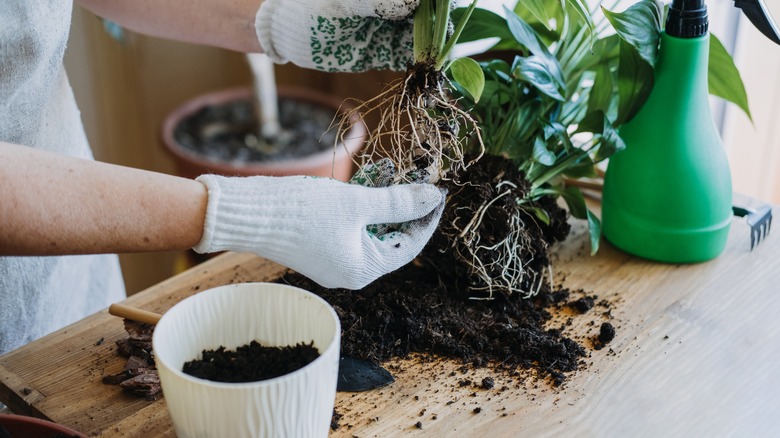
Credit: www.housedigest.com
Common Mistakes To Avoid
Repotting houseplants in winter can be tricky. Avoid common mistakes to keep your plants healthy. Below are some crucial points to consider.
Overwatering
Overwatering is a common mistake. Plants need less water in winter. The cold slows down their growth. Overwatering can cause root rot. Always check the soil before watering.
- Ensure the pot has drainage holes.
- Use a moisture meter to check soil moisture.
- Water only when the top inch of soil is dry.
Improper Soil Choice
Choosing the wrong soil can harm your plant. Different plants need different soils. Some need well-draining soil. Others need moisture-retaining soil. Use the right soil for your plant type.
| Plant Type | Soil Type |
|---|---|
| Cacti | Well-draining soil |
| Ferns | Moisture-retaining soil |
Read the plant label for soil advice. You can also ask at your local garden center.
Expert Tips For Success
Repotting houseplants in winter can be tricky. With the right tips, you can ensure your plants thrive. Winter repotting needs care and attention. Let’s dive into expert tips for success.
Ensuring Proper Drainage
Proper drainage is crucial for healthy plants. Always use pots with drainage holes. This prevents water from sitting at the bottom. Standing water can cause root rot and other issues.
You can add a layer of pebbles at the bottom. This helps in better water flow. Use soil that drains well. A good mix includes perlite or sand. Avoid using heavy garden soil. It can compact and block drainage.
| Material | Benefits |
|---|---|
| Perlite | Improves aeration and drainage |
| Sand | Enhances drainage |
| Pebbles | Prevents waterlogging |
Monitoring Plant Health
Winter can stress plants. Watch for signs of distress. Check for yellowing leaves or wilting. These can be signs of overwatering or poor drainage.
Keep an eye on pests. Winter is a common time for pests to appear. Look under leaves and around the soil. If you find pests, treat them promptly. Use natural remedies like neem oil.
Monitor the temperature and humidity. Indoor heating can dry out the air. Use a humidifier to maintain moisture. Ensure the plant isn’t too close to heaters or windows. Sudden temperature changes can harm the plant.
- Check leaves for yellowing
- Look for pests regularly
- Maintain proper humidity
- Avoid sudden temperature changes
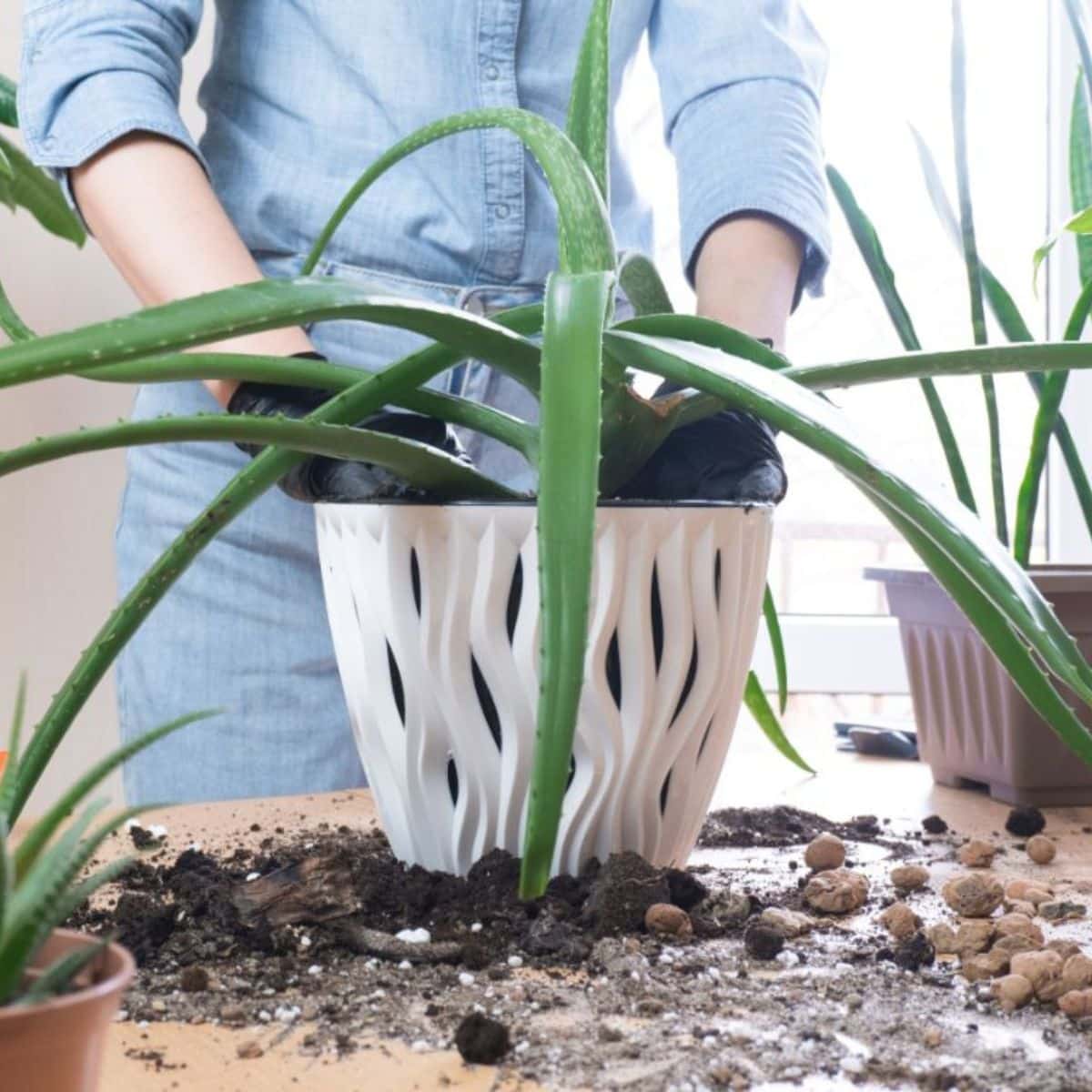
Credit: gardening.org
Frequently Asked Questions
Can I Repot Indoor Plants In The Winter?
Yes, you can repot indoor plants in the winter. Ensure they receive adequate light, warmth, and minimal stress.
When Should You Not Repot Plants?
Do not repot plants during their dormant period. Avoid repotting when the plant is flowering. Repotting stressed or diseased plants is not recommended. Do not repot immediately after purchasing a new plant. Repotting during extreme temperatures can harm plants.
Can You Repot Houseplants Any Time Of Year?
Yes, you can repot houseplants any time of year. Spring and early summer are ideal for most plants.
Can I Repot My Pothos In Winter?
Yes, you can repot pothos in winter. Choose a warm day and ensure proper aftercare. Avoid overwatering.
Conclusion
Repotting houseplants in winter is possible with care. Choose the right time and ensure proper aftercare. This helps plants thrive. Always monitor their health and adjust as needed. Following these tips, your houseplants can stay healthy year-round, even in winter.
Enjoy your green indoor oasis!

My mission is to help you bring the beauty of nature indoors with expert advice, detailed plant care guides, and creative design ideas.

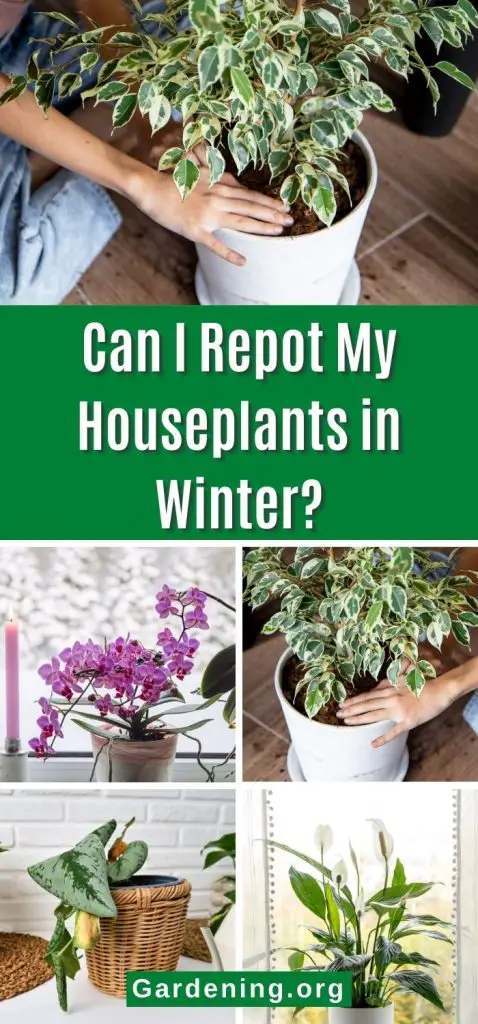
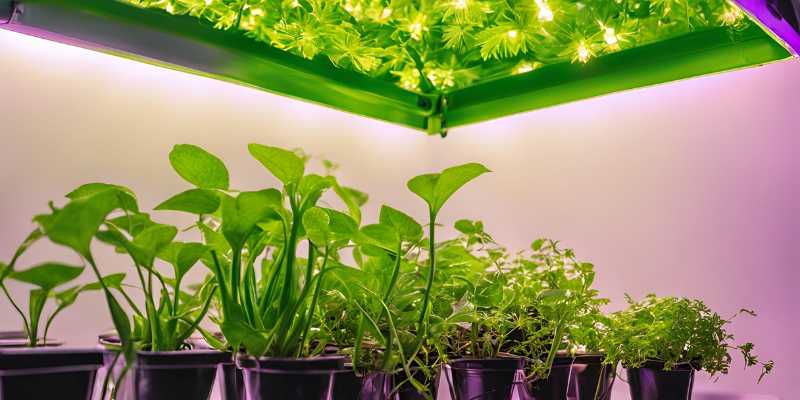
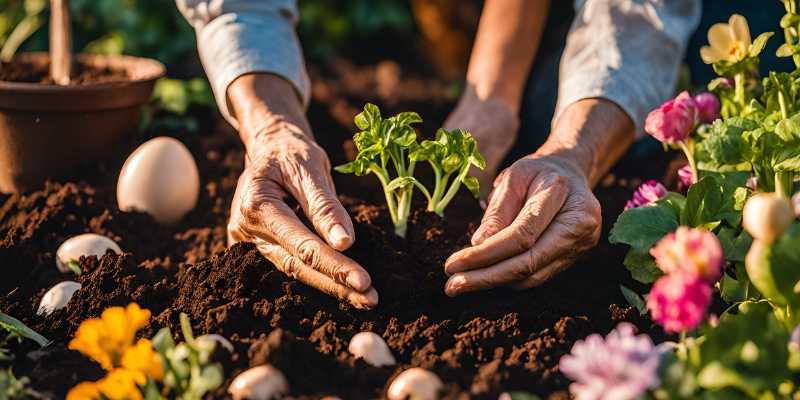
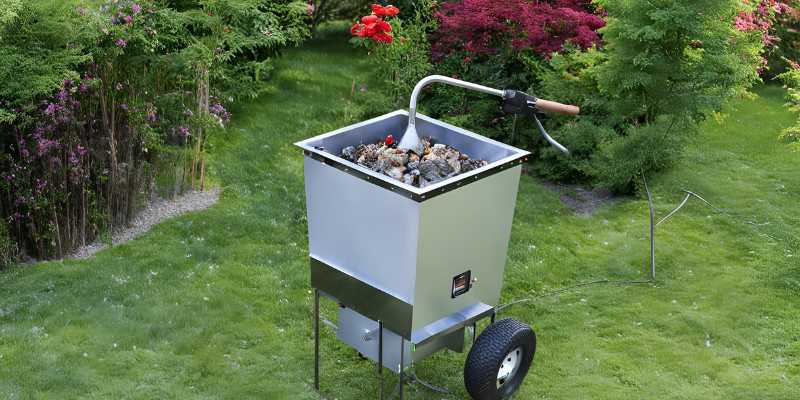
Leave a Reply